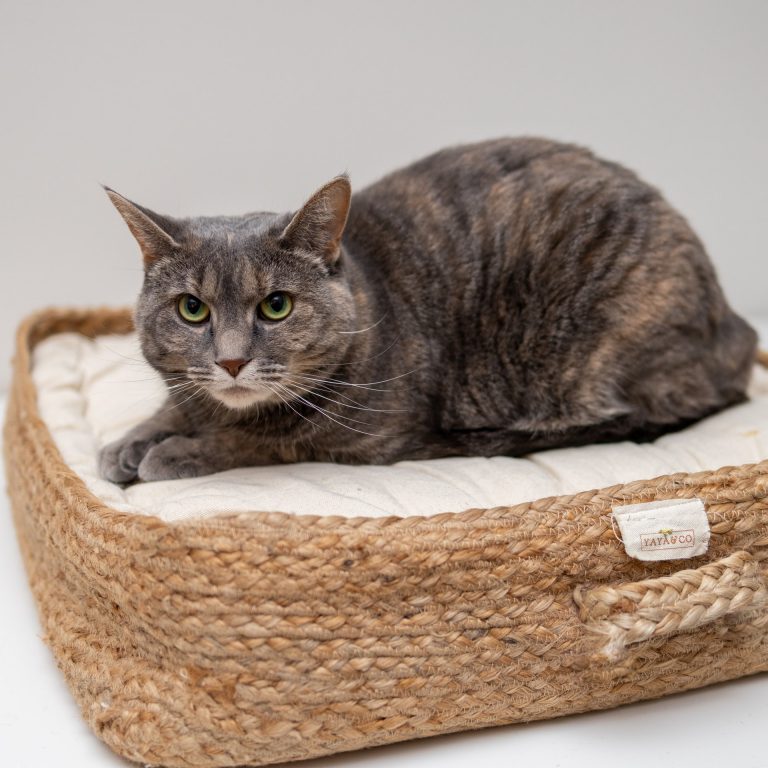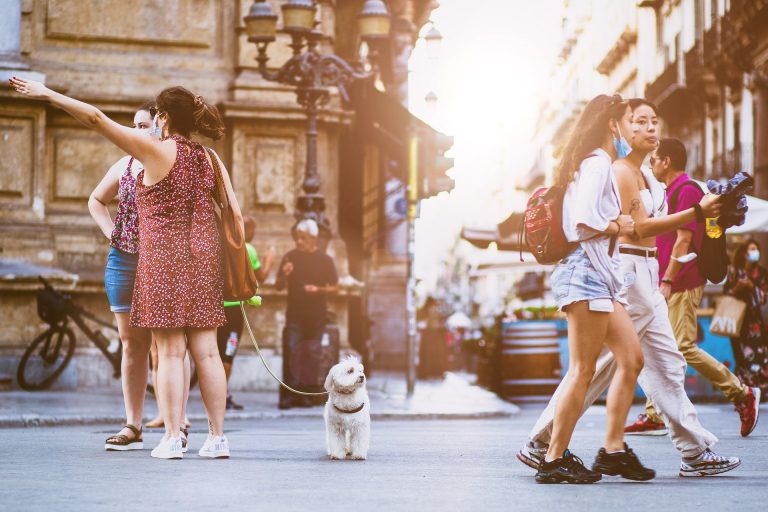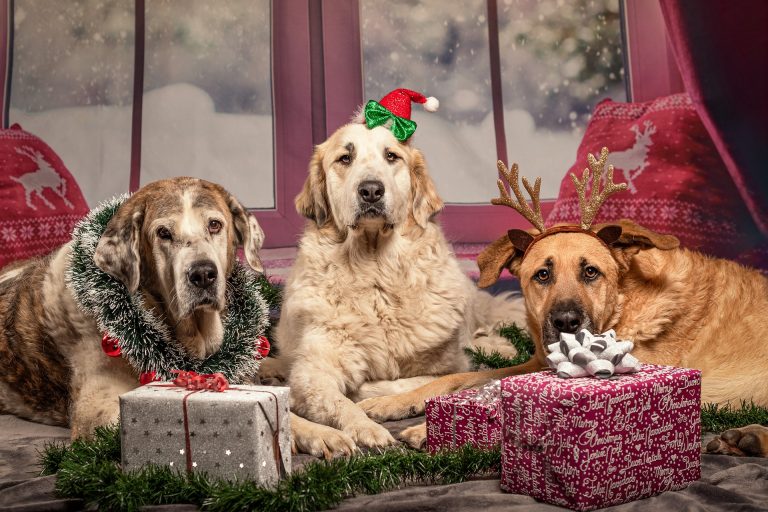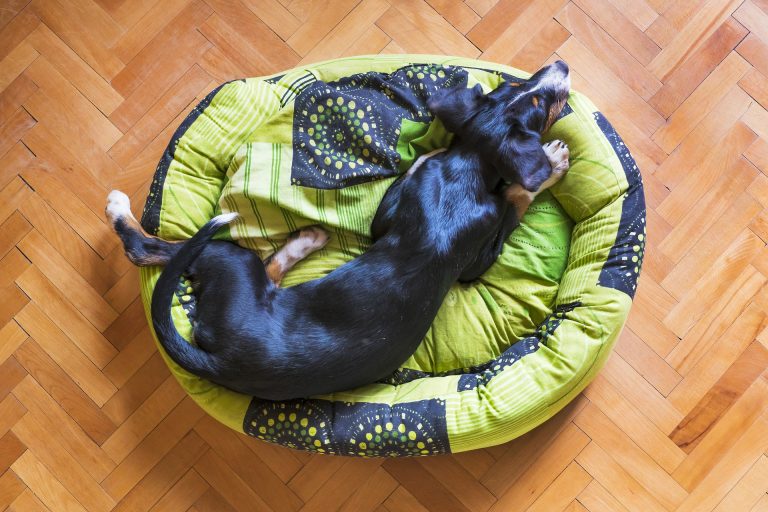How to Choose the Right Winter Clothes for Dogs?
As the temperature drops and snow begins to fall, it’s important to remember that our furry friends need protection from the harsh winter weather just as much as we do. While dogs have a natural fur coat to keep them warm, some breeds are more sensitive to the cold than others, and even thick coats may not provide enough insulation in extreme temperatures. That’s where winter dog clothes come in – they can provide an extra layer of warmth and protection for our beloved pets. In this article, we’ll explore the benefits of winter dog clothes, the different types available, and some tips for choosing the right attire for your furry friend.
What a dog should wear in winter?
It depends on a variety of factors, including their breed, size, age, and the climate they live in. Generally speaking, dogs with shorter hair or less body fat may need more insulation to stay warm, while dogs with longer hair (make sure you use the right dog brush) or a thicker coat may not need as much protection. Here are some common types of winter dog clothes to consider:
Coats and Jackets: These can provide an extra layer of insulation for dogs who are sensitive to the cold. Look for a coat or jacket that fits snugly but allows your dog to move freely.
Sweaters: Similar to coats and jackets, sweaters can provide warmth and insulation for dogs with shorter hair or less body fat.
Boots: In cold or snowy weather, boots can protect your dog’s paws from the elements, including ice, snow, and salt on sidewalks.
Hats and Ear Warmers: For dogs with short ears or thin fur on their ears, a hat or ear warmer can provide extra protection against the cold.
When choosing winter dog clothes, it’s important to consider your dog’s comfort and safety. Make sure the clothes fit well, are easy to put on and take off, and don’t restrict your dog’s movement or ability to breathe. And always supervise your dog when they’re wearing clothes, as they may try to chew or scratch at them.
Which dog breeds need winter coats?
While all dogs benefit from protection against the cold, some dog breeds are more susceptible to the cold weather and may need winter coats or other forms of insulation to stay warm. Here are some examples of dog breeds that may benefit from wearing winter coats:
- Chihuahua: Chihuahuas have short hair and are known for being sensitive to the cold. They can benefit from wearing a warm coat or sweater during the winter months.
- Greyhound: Greyhounds have a thin coat and a low body fat percentage, which can make them vulnerable to the cold. A warm coat or sweater can help keep them comfortable.
- Dachshund: Dachshunds have a long body and short legs, which can make it difficult for them to stay warm in cold weather. A coat or sweater can help keep them warm.
- Miniature Pinscher: Miniature Pinschers have short hair and a small body size, which can make them vulnerable to the cold. A warm coat or sweater can help them stay comfortable in chilly weather.
- Siberian Husky: While Siberian Huskies are known for their thick, double-layered coat, they may still benefit from a warm coat or jacket in extreme cold weather.
It’s important to note that every dog is different, and even within a breed, some dogs may be more sensitive to the cold than others. Be sure to pay attention to your dog’s behavior and body language to determine if they need extra protection from the cold.
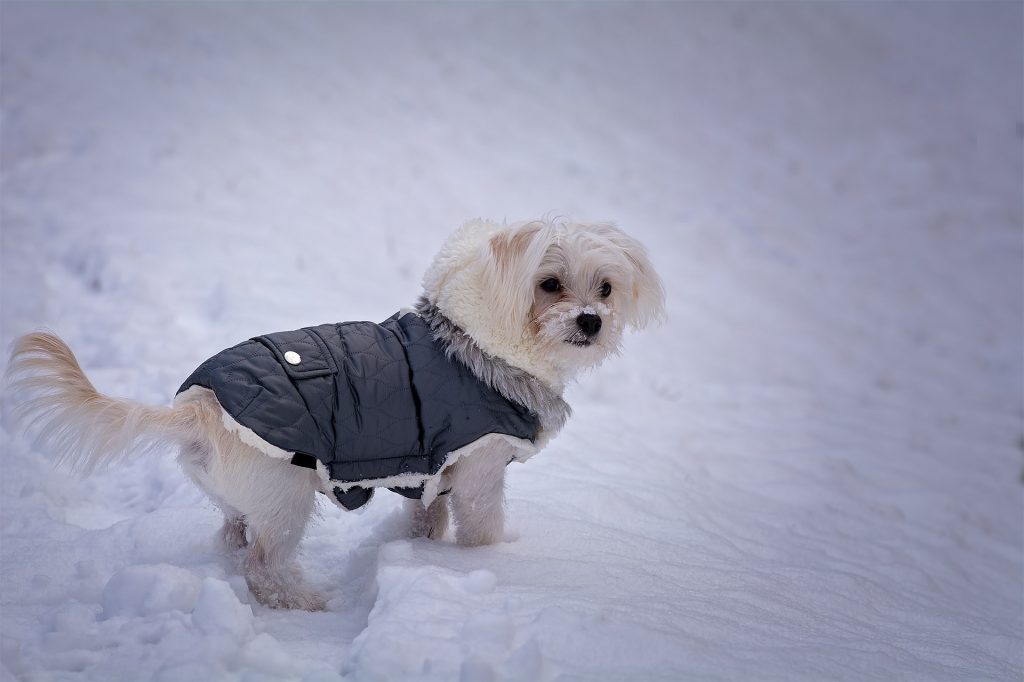
Tips for Selecting the Best Winter Coat for Your Dog
When selecting a winter coat for your dog, there are a few important factors to consider to ensure you choose the best one for your furry friend. Here are some tips for selecting the best winter coat for your dog:
Measure your dog’s size: It’s essential to get the right fit for your dog’s coat, so take accurate measurements of your dog’s chest, neck, and length. This will help you find the right size coat for your dog.
Consider the climate: If you live in a very cold or wet climate, you will want a coat that offers the most warmth and protection. If you live in a milder climate, a lighter coat may be sufficient.
Look for quality materials: The coat’s materials should be of good quality and able to keep your dog warm and dry. Choose a coat made from waterproof or water-resistant materials, such as nylon or polyester.
Consider your dog’s comfort: Ensure that the coat is comfortable and doesn’t restrict your dog’s movement or ability to breathe. It should fit snugly but not be too tight or too loose.
Think about your dog’s personality: Consider your dog’s personality and choose a coat that matches their needs. For example, if your dog loves to run and play, you may want a lighter coat that allows for greater mobility.
Choose a coat with reflective material: During the winter, daylight hours are shorter, and visibility can be reduced. Choosing a coat with reflective material will help your dog stay visible and safe during walks or playtime.
By following these tips, you can find the best winter coat for your dog, ensuring they stay warm, comfortable, and protected during the colder months.
How do You Measure Your Dog for a Coat?
Measuring your dog for a coat is essential to ensure a proper fit and maximum comfort. Here are the steps to follow when measuring your dog for a coat:
- Use a flexible tape measure: Use a soft, flexible tape measure, such as a sewing tape, to measure your dog. Avoid using a metal tape measure, as this can be uncomfortable for your dog.
- Measure your dog’s neck: Start by measuring your dog’s neck circumference. Wrap the tape measure around the base of your dog’s neck, where the collar usually sits.
- Measure your dog’s chest: Measure the widest part of your dog’s chest by wrapping the tape measure around the broadest part of the chest, just behind the front legs.
- Measure your dog’s length: Measure your dog’s length from the base of the neck to the base of the tail. This will help you choose the right size coat that fits well and covers your dog’s body.
- Check the sizing chart: Once you have measured your dog, refer to the sizing chart provided by the coat manufacturer.
When measuring your dog for a coat, it’s essential to take accurate measurements to ensure a proper fit. A coat that is too tight can restrict your dog’s movement, while a coat that is too loose can slide around and become uncomfortable. By taking the time to measure your dog correctly, you can ensure that your furry friend stays comfortable and warm all winter long.
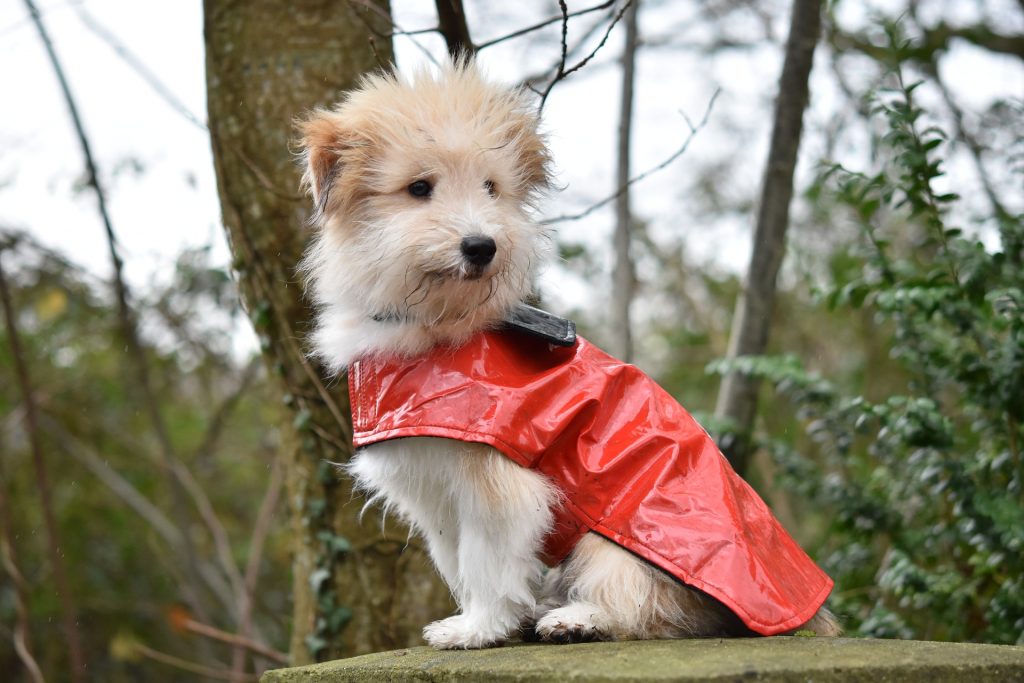
Overall
In conclusion, winter dog clothes are an essential accessory for pet owners living in cold climates. They provide extra insulation and protection for dogs who are sensitive to the cold, ensuring they stay warm and comfortable throughout the winter months. When choosing winter dog clothes, it’s important to consider your dog’s breed, size, and climate, as well as their comfort and safety. With a wide range of options available, from coats and jackets to boots and hats, finding the right winter clothes for your furry friend can be easy and fun. By investing in quality winter dog clothes, you can help keep your pet healthy, happy, and ready to enjoy all the winter season has to offer.


